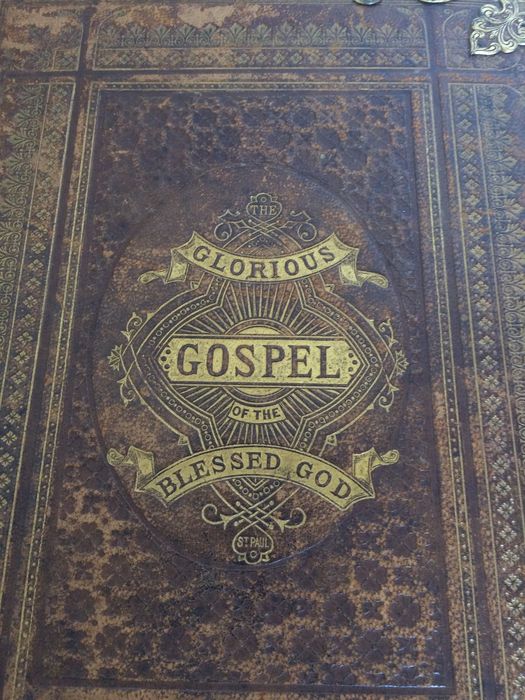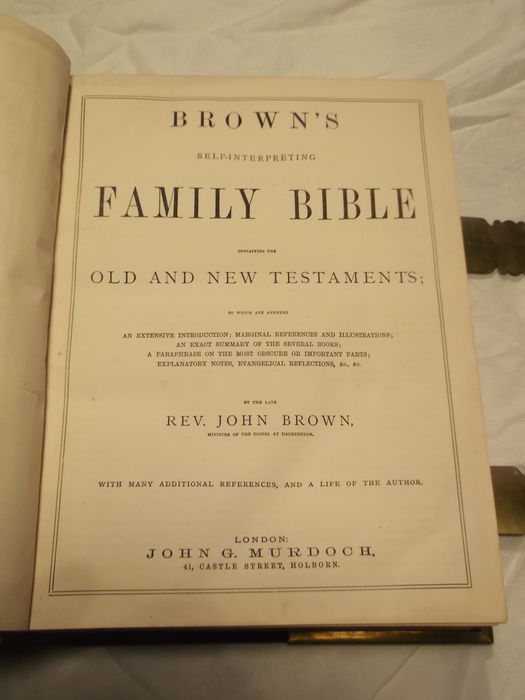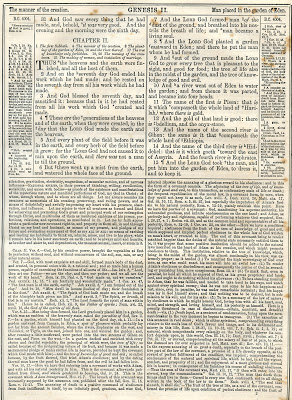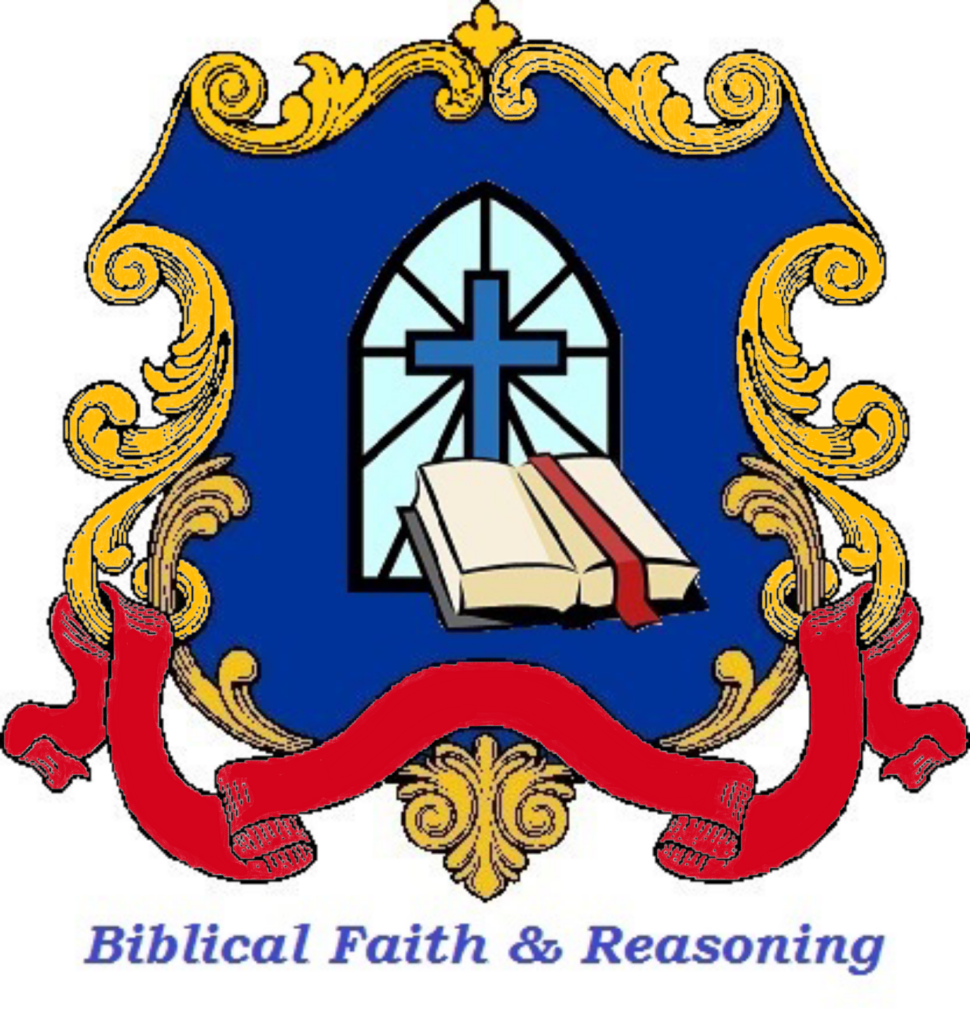Brown’s Family Bible subtitled “Self-Interpreting” Family Bible was one of the first study Bibles. It was created to allow the self-interpretation of the Bible by adding commentaries, marginal notes, as well as a substantial introduction and explanatory reflections on each chapter. It was compiled, written, and finally published by Rev. John Brown of Haddington in 1778. Originally as a two-volume set. Thus, it contains history, chronology, geography, summaries, explanatory notes, and reflections. In short, everything that the ordinary reader might need. So, it was eventually a Biblical library in one volume. But it was only one of the books and writings of this largely self-educated Biblical scholar. His second most important work is a Dictionary of the Bible, published in 1769. Read on to learn more about this fascinating man and his Brown’s Family Bible.

Rev. John Brown’s Life
John Brown of Haddington (1722 – 19 June 1787), was a Scottish minister and author. He was born in the town Carpow, in Perthshire, Scotland. He was almost entirely self-educated and through self-study, acquired knowledge of ancient languages while employed as a shepherd. By his own intense research, before he was twenty years old, he had obtained intimate knowledge of the Latin, Greek, and Hebrew languages, and could actively converse in Hebrew. But was also familiar with several other languages. His early career was varied, and he was in succession a shepherd, traveling merchant, a soldier in the Edinburgh garrison in 1745, pastor, and a school-master. He began teaching in about 1747, and during that period of his life, he would commit to memory fifteen chapters of the Bible as an evening exercise after a full day’s work and allowed himself only four hours of sleep per night.
John was the minister of the Burgher branch of the Secession Church in Haddington from 1750 till his death. He was a professor of divinity for his denomination starting in 1786 and was also responsible for the training students for ministry. He had a reputation for dedicated study and piety. In 1758 he published “An Help for the Ignorant.” It was an essay providing an “Easy Explication of the Westminster Confession of Faith and Catechism.” He composed it for the youth of his own congregation. Yet, this “easy explication” was a book of about 400 pages.
His Theology
In his book “An Help for the Ignorant” he affirmed Christ’s infinitely perfect righteousness but he believed it only imparted to believers according to their need, and not so as to render them infinitely righteous. This is a heretical teaching that was called out by his peers. In reality, Christ’s infinite righteousness imparts completely and irrevocably at conversion. In other words, you are sealed eternally as righteous as soon as you accept Jesus as Lord and Savior. Most of Rev. Brown’s teachings were spot-on but in this instance, his considerable theological knowledge failed him. Rev. Brown expressed a Calvinist theology, and in his “Dictionary of the Bible,” he erroneously estimated that 2016 would be the year of the Millennial Reign of Christ. Hence, date setting is always a bad idea. We are not capable of knowing the date or hour of end-time events.

Brown’s Family Bible History
Rev. John Brown’s Family Bible or “Self-interpreting Bible” remained in print (edited by others), until well into the twentieth century. He explains in the preface, that the Brown’s Family Bible “is to present the labours of the best commentators, in a manner that might best comport with the ability and leisure of the poorer and labouring part of mankind, and especially to render the oracles of God their own interpreter.” In other words, he wrote it for the common person, so they could read, study, and understand the Bible. This Bible is an illustrated late Victorian family Bible using the beloved King James text, augmented by John Brown of Haddington’s comprehensive Bible study aids. It was illustrated with 47 illustrations (29 in color), and handsomely leather bound. So, it was the Bible of choice in the “United Secession Churches” which was a Scottish Presbyterian denomination.
It was self-interpreting due to the copious explanations and cross-references surrounding the core King James Version (KJV) text. So, the commentary and notes are also a thorough and effective paraphrase of the entire Bible. For example, on the following page from Genesis, the notes are longer than the actual text.

Brown’s Family Bible Introduction
The multi-chapter introduction includes the geography and history of the biblical nations. In which, Rev. Brown viciously exposes Islam for what it is – an evil religion. In it, he describes Muhammad’s followers as locusts and scorpions, with men’s beards, but hair braided like women’s, who ravaged and murdered the nations. They pretended to a masculine religion but their character was marked by lust for women, revenge, and cruelty. Which, in my opinion, is a relatively accurate assessment. Consequently, he came to this conclusion in the late 1700s and his assessment still stands true today. The Jew and Monk addressed below refer to the men Muhammad studied under after receiving his false revelation. Then he took both religions and his “revelation” and merged them into the evil heretical cult known as Islam in about 608 A.D.
“About A.D. 608, Mahomet, a crafty Ishmaelite, assisted, it is said, by a villainous Jew and a treacherous Christian monk … contrived a religious system … promising to those who embraced it manifold carnal enjoyments, both in time and in eternity.” Rev.John Brown
Brown’s Family Bible Final Comments
The KJV based Brown’s Family Bible is a wonderful example of what you can accomplish with dedicated study. John Brown was too poor to attend school regularly, but he made excellent use of the very limited formal education he received. He expounded on that education with self-study and a dedicated search for knowledge. While his doctrine and theology had a few flaws, he was an outstanding teacher and preacher of God’s Word. According to his peers, his preaching was earnest, simple, and direct as if he had never read any other book but the Bible.
Brown had six sons, from two marriages, of whom four became ministers, and another the provost of Haddington. His sons included:
- Rev John Brown (1754-1832) minister of Whitekirk
- Rev. Ebenezer Brown (1758-1836) minister of Inverkeithing
- Rev Thomas Brown (1776-1828) minister of Dalkeith
- Samuel Brown (1779-1839) merchant in Haddington
- David Brown (1782-1827) bookseller at 16 South St Andrew St in Edinburgh
- Rev William Brown MD (1783-1863)


